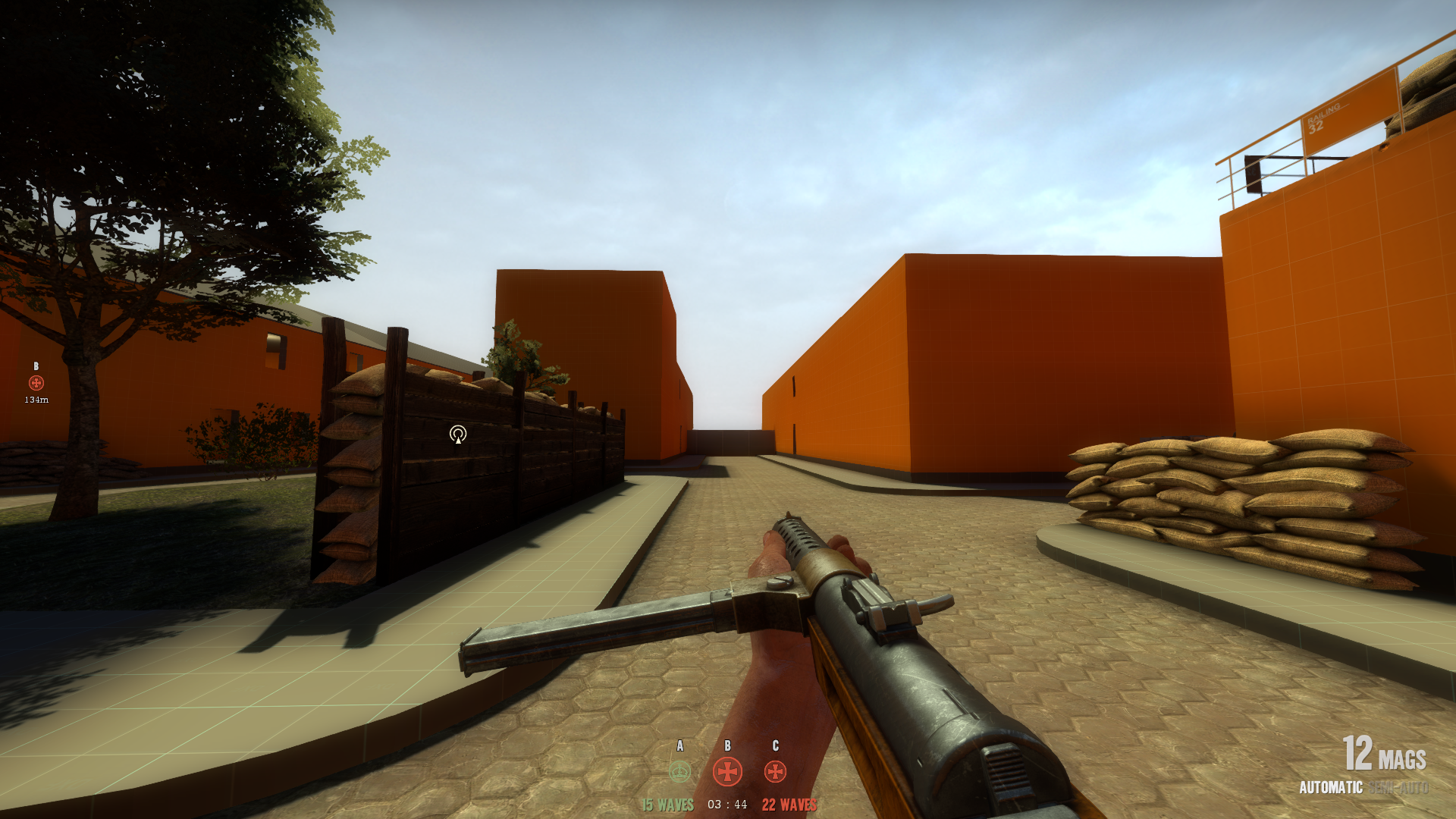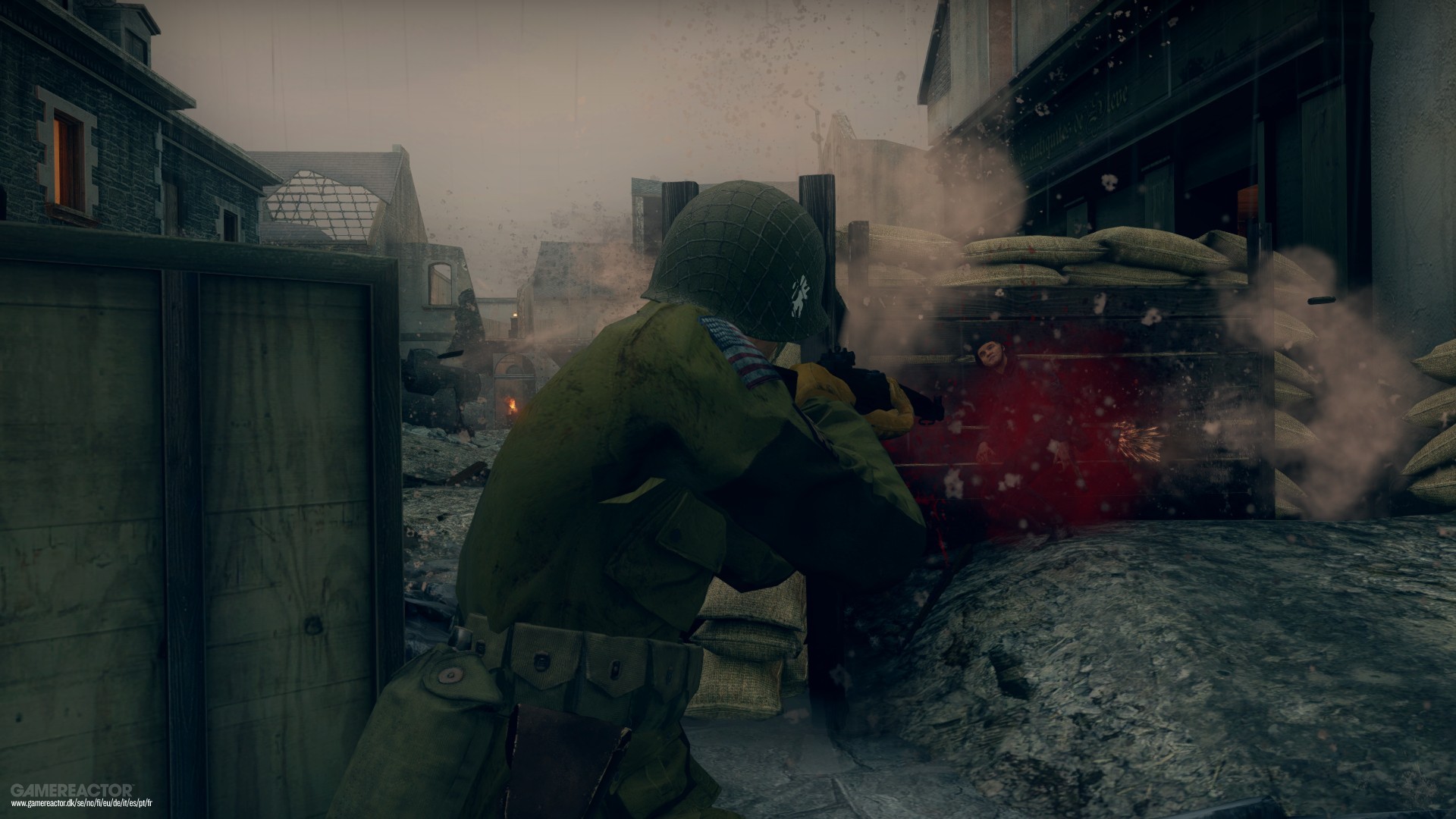
#Day of infamy ps4 Offline
In addition to offline practice with bots, the fairly robust co-op modes from Insurgency are also present. Inversely, you can pull off some spectacular flanks and take out large groups of unwary enemies if you play carefully.įortunately, there are a lot of options to help ease you into the competitive matches. When starting, there will be games where you simply die over and over from seemingly nowhere from players who know good hiding spots, making for a pretty frustrating experience. This in combination with the great sound design and the fact that friendly fire is always on makes for an incredibly immersive but challenging gameplay experience.Īs a result of the above, competitive multiplayer has a significant learning curve, as map knowledge and knowing what different weapons sound like are a big part of success, meaning that skills from other shooters will only take you so far. This means you often won’t know if you actually killed someone if you are shooting at them from a distance and can’t see their body. In most servers there is no kill feed, no hit markers, and the scoreboard doesn’t show how many kills you have unless you are dead. When getting shot at, sonic cracks and screen-blurring add to the intensity even further.Īs with Insurgency, Day of Infamy has very intentional UI design that greatly limits the information you have available. Weapons sound distinct enough that you can often identify friend from foe just by listening to gunfire. Your character will yell out if they are reloading or if you use the shortcuts that let you communicate with your team, meaning you need to be deliberate about even this as you might give away your position. Footsteps are clearly audible if someone is running around in a building, meaning crouching or walking are essential if you want to catch your enemies by surprise.

The sound design enhances this tension fantastically. The time to kill here is again incredibly short, making for intense but short-lived bursts of action. While I would define RO2’s most memorable moments as terrifying dashes across open spaces, I found myself holding my breath in Day of Infamy as I slowly crept through buildings, well aware that there could be an enemy hiding around each corner waiting to blow my brains out. With a couple of notable exceptions including a recreation of Omaha Beach, most of the maps are urban, with large, complex areas of interconnected enterable buildings.

On paper it probably sounds like these modes might encroach on Red Orchestra 2’s territory, but the more accessible gameplay mechanics offer up a different feel, as does the focus on close quarters combat.

The fact that Radiomen and Officers must stick together to provide this incredibly valuable fire support is a good mechanic that promotes teamwork in a way that doesn’t feel at all contrived. Both teams have officers who if joined by a Radioman can call in artillery, bombers and strafing runs on the enemy, adding a level of chaos that brings a dynamic feel to matches that Insurgency lacked.
#Day of infamy ps4 series
Generally, these modes either have one team attacking and one defending, or both teams fighting for a series of objectives that push the other team back. These allow up to forty players to duke it out over a few different spins on objective control game modes that have more generous respawns and longer matches. While you can still play modes like Sabotage that closely resemble the small-scale tactical operations of NWI’s previous game, I had more fun with the larger scale Battles list of modes. The biggest difference between Insurgency and Day of Infamy aside from the setting is the scale and overall feel of the matches.


 0 kommentar(er)
0 kommentar(er)
